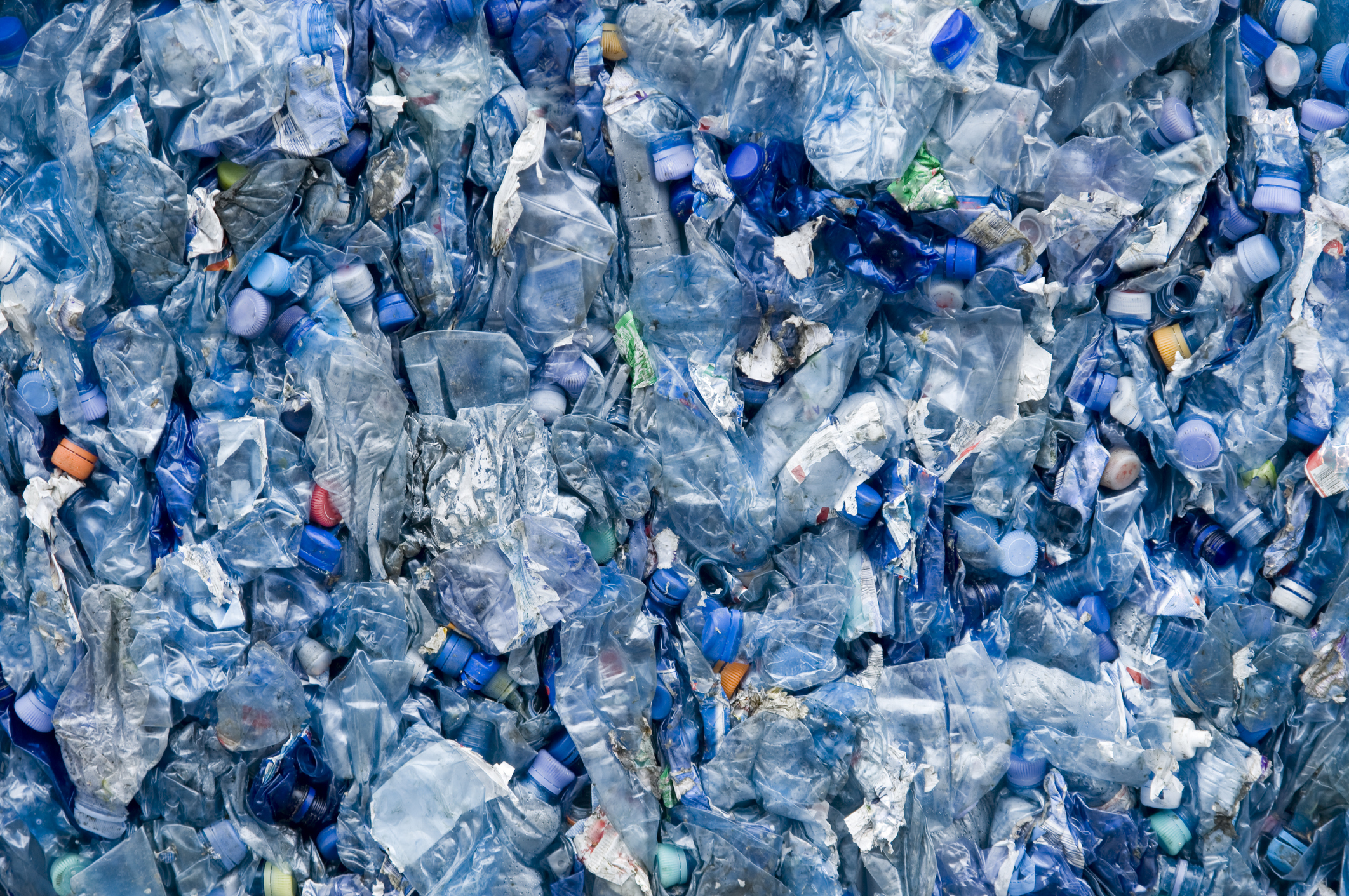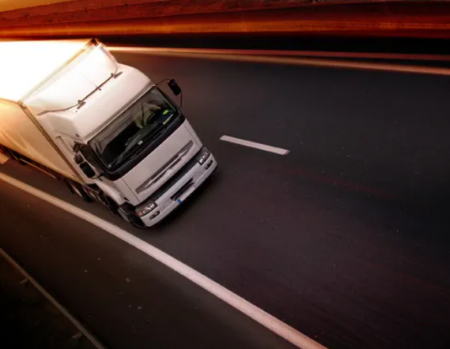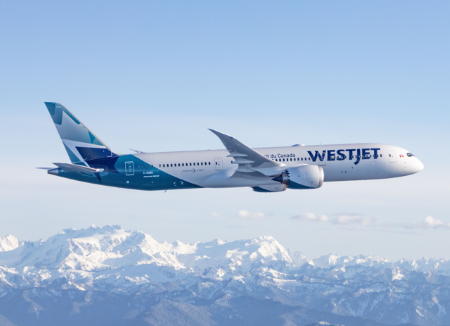The UK uses an estimated five million tonnes of plastic every year, nearly half of which is packaging, so how can we prepare for the packaging tax?
As the plastic problem worsens, countries across the globe have been looking at ways to deal with overflowing landfill sites and polluted soils, rivers and oceans. As part of its commitment to reduce plastic packaging and waste, the UK government announced in 2018 that it would be introducing a plastic packaging tax from April 2022.
International Trade Magazine editor catches up with Craig Harman, Tax Specialist and Partner at Perrys Chartered Accountants, to find out what the plastic packaging tax means for businesses and why they should be planning for the changes now.
Why is the plastic packaging tax being introduced?
The UK government is aiming to significantly reduce the amount of virgin plastics (plastic produced entirely from plastic resin that hasn’t been used or processed before) that are being sent to landfill or being burned. It is also hoped that by introducing the plastic packaging tax, companies will be encouraged to look at more sustainable alternatives for packaging their products and consumers will be motivated to recycle packaging instead of throwing it away.
What is the plastic packaging tax?
The new tax, which will come into force from April 2022, will require producers of plastic packaging manufactured in, or imported into, the UK to pay £200 per tonne of plastic packaging if it contains less than 30% recycled plastic, and is plastic packaging that is predominantly plastic by weight. Plastic packaging that has been imported will be liable to the tax, whether it is unfilled or filled.
However, the tax will not apply to manufacturers and importers of less than 10 tonnes of plastic packaging per year, packaging exported from the UK, or packaging that is used for licenced human medicines.
How many businesses will the plastic packaging tax affect?
It is estimated that 20,000 producers and importers of plastic packaging will be affected with a significant impact on a wide range of industries, including manufacturing, logistics, freight, transport, haulage and construction.
What are the cost implications of the plastic packaging tax likely to be?
The new tax is likely to impact a wide range of businesses with additional costs, including understanding how the tax is implemented and keeping relevant records.
For example, food and drink legislation stipulates, that in some circumstances, using recycled plastic packaging for food is forbidden and, therefore, food manufacturers will need to pay the tax for using virgin plastics.
There is also the added issue of how the tax will translate to consumers, who are likely to feel the knock on effects of these extra costs, which could raise prices of some products, like food, by around 10% to 20%.
How can companies plan for the plastic packaging tax now?
It is important that businesses do not delay with finding alternatives to plastic packaging and start planning now to ensure they are fully prepared for the April 2022 deadline.
As already mentioned, plastic packaging that contains at least 30% recycled materials will be exempt from the tax, so companies are being encouraged to find suitable alternatives that meet or exceed these requirements.
Businesses that are uncertain about what the plastic packaging tax might mean for their operations should seek the advice of a professional accountant, who will be able to guide them through the legislation and requirements.
It is important to remember that, despite the potential cost implications for businesses and consumers, the plastic packaging tax is likely to have a positive impact on our environment, changing business operations for the better and ensuring our planet is protected for the future.
Minimising impact
Antalis Packaging has identified four ways liable parties can look to minimise the impact of the tax on their business, which has the parallel, positive effect of reducing the impact of their business on the planet. They’ve called them ‘the four Rs: reduce, reuse, recycle and replace.’
Reduce use of plastic packaging
Reducing the amount of plastic packaging used might be easier than people think. Probably the biggest source of plastic packaging use among customers is stretch film. It’s a product that is frequently over-used; fortunately, however, it’s a relatively easy issue to rectify. It is possible to make savings of up to 70% in cost and waste, simply by matching the correct film to their machine and ensuring the machine is calibrated correctly.
Another way of reducing or even eliminating the use of plastic is through smart packaging design. In designing bespoke packaging, it is possible to minimise the use of plastic and other packaging materials as well as creating packaging that offers optimum protection along with other benefits such as speed of assembly.
Reuse plastic packaging
Plastic packaging that can be used over and over again is proving popular among B2B customers, particularly those within the automotive industry. It’s an often complex supply chain involving small manufacturers producing individual parts which might undergo multiple processes by different companies within the chain. If each company were to use single-use packaging, whether paper or plastic, the environmental and financial impact could be significant.
In situations such as this, plastic packaging comes into its own. We recently produced bespoke, reusable packaging using Correx corrugated plastic for a client whose previous packaging solution entailed wrapping each part in plastic bubble wrap before placing in individual boxes; as well as being single-use packaging, it was inefficient for both them and their customer who would have to unwrap each part before recycling or disposing of the packaging. In contrast, the bespoke design made from Correx can be reused up to 30 times, plus it has reduced the time taken to pack 30 units (one pallet’s worth) from one hour to just 10 minutes. At this stage, it is unclear how reusable plastic packaging such as this will be affected by the tax, but the many benefits mean it has to be worth considering regardless.
Use recycled plastic packaging
The important figure to remember with regard to the PPT is 30%. Plastic packaging containing at least 30% recycled plastic will be exempt from the tax. Over the last few months, Antalis has been developing Antalis Packaging range of tax-exempt products. It’s an ongoing process and they are continuing to work with suppliers to source and develop more products. Among current portfolio of tax-exempt products are:
- White poly mailing bags – 75% recycled content
- Grey mailing bags – 100% recycled content
- Sealed Air Mail Lite and Master’In Mailers – bubble liner has 60% recycled content
- Hand stretch blown film, 17 micron or above – 30% recycled content
- Loosefill – 100% bio-based and recycled content
- Airspeed Renew air bags – 50% recycled content
- Replace plastic packaging
Finally, consider replacing plastic packaging with alternative, paper-based products – but only if it doesn’t compromise protection or increase environmental impact. We recently helped a global beauty company to eliminate plastic from its transit packaging. The company had been using plastic air sacs for void fill, so we suggested they trial Fillpak TT, by Ranpak, a flexible, portable void-fill system in which fan-folded kraft paper sheets are crumpled in the converter to form the filling material. The trial was so successful, they went on to buy four units from us.
Preparation is key
There’s no doubt that it will be a challenging period for many businesses while the new tax beds in – as well as the cost of the tax itself, there will be associated administrative costs for all businesses affected. That’s why thinking about the changes you can begin to make now in preparation is so important. Speaking to your packaging supplier is a crucial part of that preparation.
We all live on the same planet, we all breathe the same air and we survive off of the nature we are surrounded with, so why are we destroying it? Organisations must work together to minimise their plastic usage, particularly in packaging and resort to more sustainable ways of shipping and warehousing. Sustainability is the future, not just a trend.
Jason Poxon, Packaging Technologist Manager, Antalis
No one likes paying taxes, but the new Plastic Packaging Tax (PPT) has a very worthy goal. According to the government’s policy paper, its objective is ‘to provide a clear economic incentive for businesses to use recycled material in the manufacture of plastic packaging, which will create greater demand for this material. In turn this will stimulate increased levels of recycling and collection of plastic waste, diverting it away from landfill or incineration.’
The tax applies to plastic packaging produced in or imported into the UK that contains less than 30% recycled plastic. The current proposal suggests that a charge of £200 per tonne will be required to be paid by the first business in the chain to commercially exploit the plastic packaging, although liability can be passed to parties further down the chain. As such, it is likely that contracts will need to specify if costs are ex. PPT or inc. PPT. Businesses that import less than 10 tonnes of plastic packaging in a 12-month period, however, will be exempt.
For businesses that are unprepared, the new tax has the potential to hit them hard. At Antalis, we have identified four ways liable parties can look to minimise the impact of the tax on their business, which has the parallel, positive effect of reducing the impact of their business on the planet. We’ve called them the four Rs: reduce, reuse, recycle and replace.
Craig Harman, Tax Specialist and Partner at Perrys Chartered Accountants
It is important that businesses do not delay with finding alternatives to plastic packaging and start planning now to ensure they are fully prepared for the April 2022 deadline. Plastic packaging that contains at least 30% recycled materials will be exempt from the tax, so companies are being encouraged to find suitable alternatives that meet or exceed these requirements.
Businesses that are uncertain about what the plastic packaging tax might mean for their operations should seek the advice of a professional accountant, who will be able to guide them through the legislation and requirements.
It is important to remember that, despite the potential cost implications for businesses and consumers, the plastic packaging tax is likely to have a positive impact on our environment, changing business operations for the better and ensuring our planet is protected for the future.
The new tax is likely to impact a wide range of businesses with additional costs, including understanding how the tax is implemented and keeping relevant records. For example, food and drink legislation stipulates that in some circumstances, using recycled plastic packaging for food is forbidden and, therefore, food manufacturers will need to pay the tax for using virgin plastics.
There is also the added issue of how the tax will translate to consumers, who are likely to feel the knock on effects of these extra costs, which could raise prices of some products, like food, by around 10% to 20%.
Steven Porter, Partner, Head of Tax Disputes and Investigations, Pinsent Masons
A charge to plastic packaging tax (PPT) arises when a chargeable plastic packaging component is produced in the UK by a person acting in the course of a business or where it is imported into the UK on behalf of such a person. It only applies to ‘finished’ products.
A ‘packaging component’ is a product that is designed to be suitable for use, whether alone or in combination with other products, in the containment, protection, handling, delivery or presentation of goods at any stage in the supply chain of the goods, from the producer of the goods to the consumer or user. If the packaging component meets the definition, it does not matter if it is produced or imported for use in the supply chain of the goods, or by a consumer or user.
Imports of packaging which already contains goods, such as plastic bottles filled with drinks, will also potentially be subject to the tax with some exclusions – such as filled packaging components with a primary storage function such as glasses cases or DVD cases.
Products will also be subject to PPT if they are designed as single use packaging products for use by a consumer or user in containing any commodity or waste. This will mean that plastic bags, bin liners, nappy sacks, disposable cups and such like will be subject to PPT.
To stay up to date on the latest, trends, innovations, people news and company updates within the global trade and logistics market please register to receive our newsletter here.
Media contact
Rebecca Morpeth Spayne,
Editor, International Trade Magazine
Tel: +44 (0) 1622 823 922
Email: editor@intrademagazine.com








